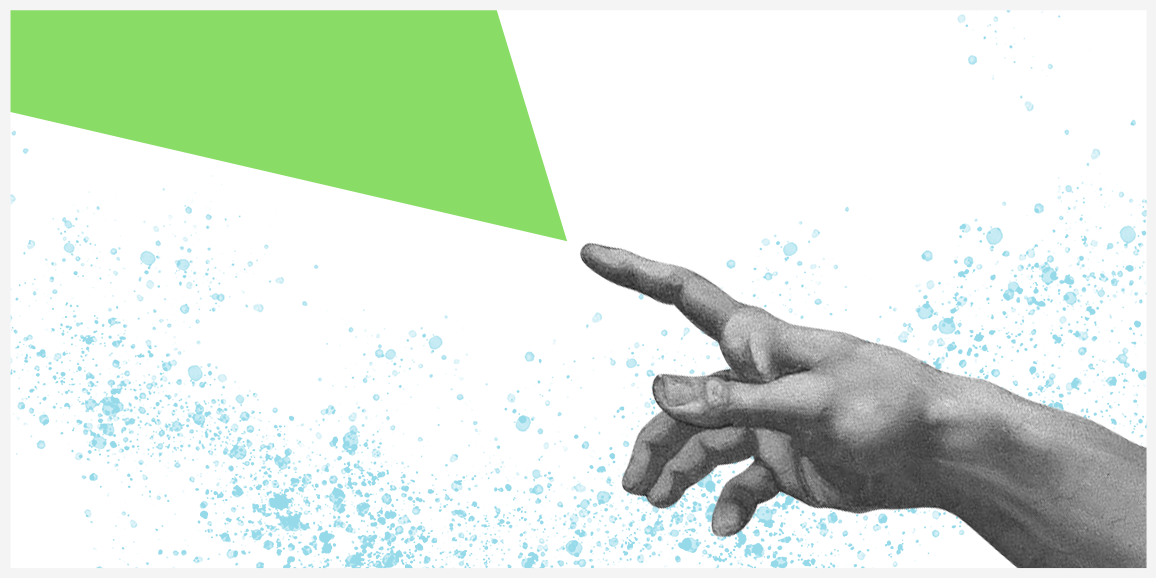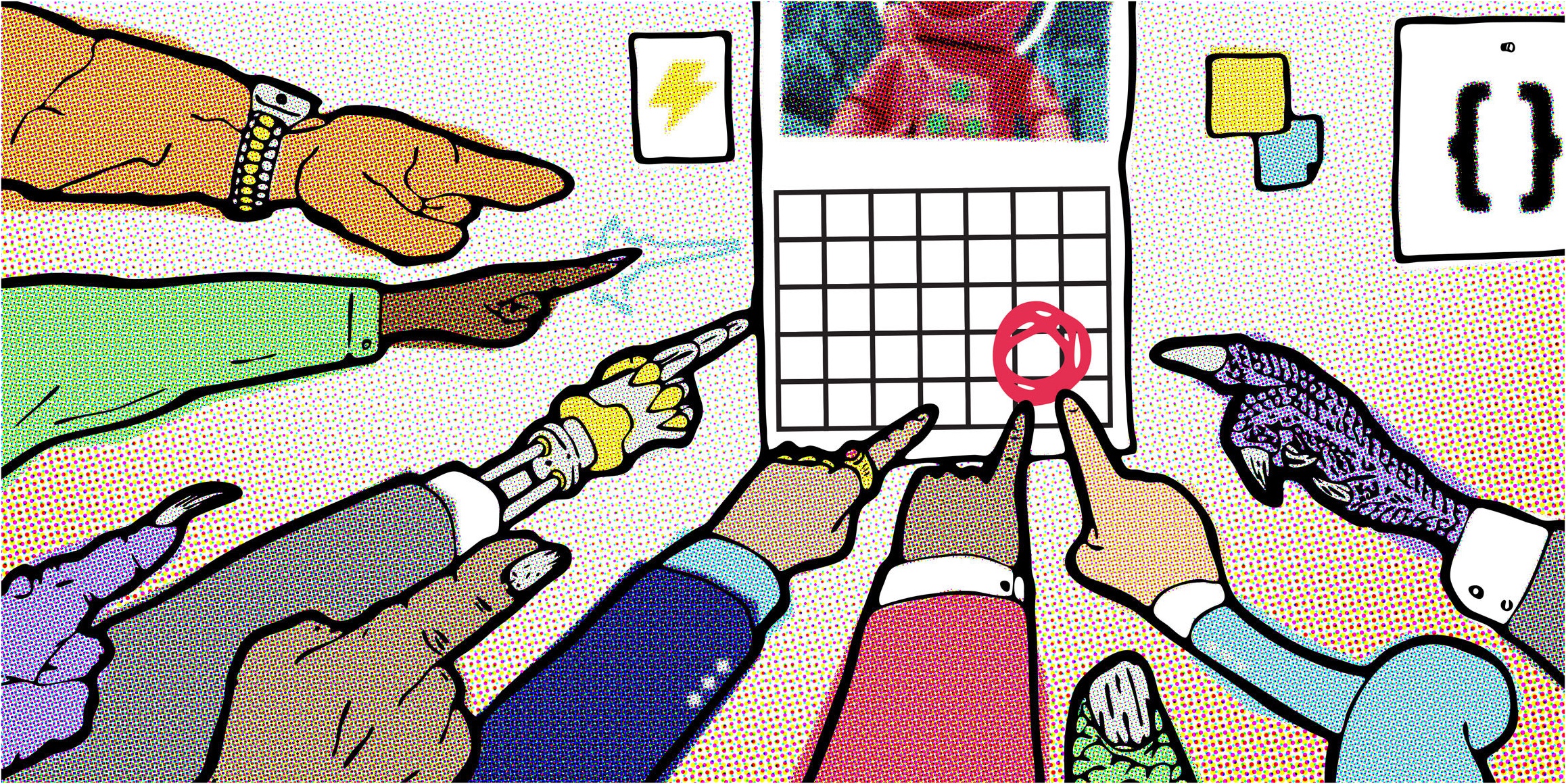To outsiders, creativity looks like magic. Whether we’re talking about your agency partners, marketing teams, or celebrated artists, you can easily believe the best ideas result from harnessing mysterious bolts of inspiration.
Brilliance may sometimes arrive in a flash, but professional reality requires that creatives deliver results that arrive on deadline to solve specific problems. To satisfy those demands, creatives can sit in a forest or stare into space waiting for answers. But it’s hard to time a production schedule to magical moments. If you want your creative problems resolved in a reliable manner, you need to make sure there’s a reliable process in place to provide direction.
Process can be a delicate subject for creative people. After all, you can't summon the idea your brand needs by simply following a checklist. Unlike manufacturing, there’s no way to guarantee that receiving “input A” will result in “output B.” However, implementing a process that provides a framework around the way your creative partner thinks about your project doesn't restrict inspiration. Ultimately, a proven process is what sets your agency free.
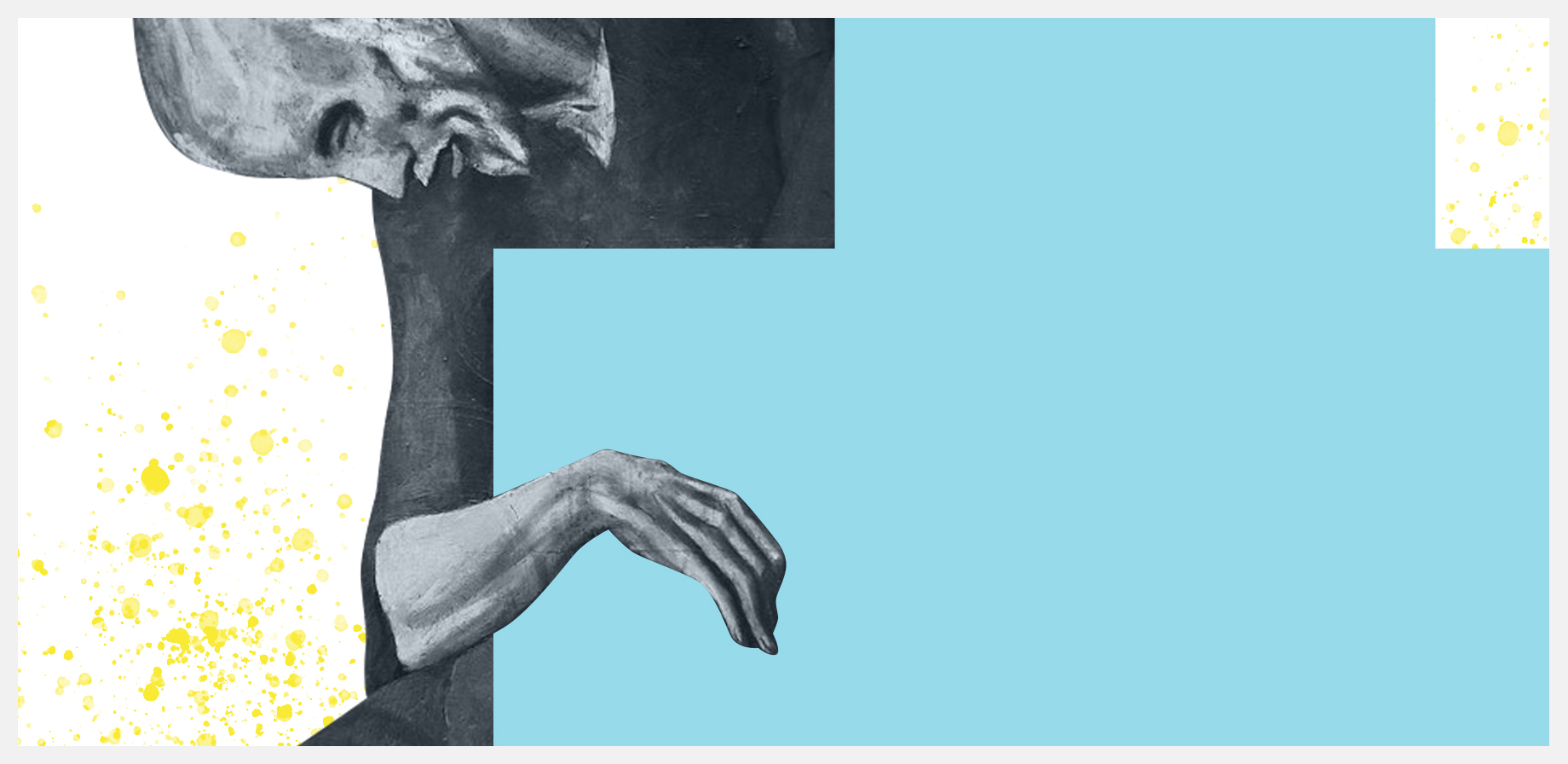
A creative agency's process adds focus to problem-solving
When your brand has a problem, a process-driven creative approach provides a level of assurance to both you and your agency. Instead of questioning what to do next, a structured approach to problem solving allows your creative partner to focus their efforts.
By implementing a process around an effort to resolve problems, your agency avoids pitfalls that lead to trouble further down the road. Sometimes applied in software development, a waterfall model uses a sequential, step-by-step creative process to reach an end goal.
With this approach, the team decides on an idea from the start and powers through every stage of production to the finish. Projects using this model may reach their deadline, but a waterfall approach is limiting from a creative standpoint. Without iterative cycles that allow for refinement in response to new information, ideas grow more diluted as they progress instead of growing stronger.
Plus, the waterfall approach leads to a level of anxiety for creative teams. When an agency is locked into pursuing a single direction, it’s difficult to stop a moving train as design or execution flaws grow apparent. Rather than applying a strictly linear approach that only looks forward, We The Collective emphasizes consistent improvement throughout our process with a mix of convergent and divergent thinking.
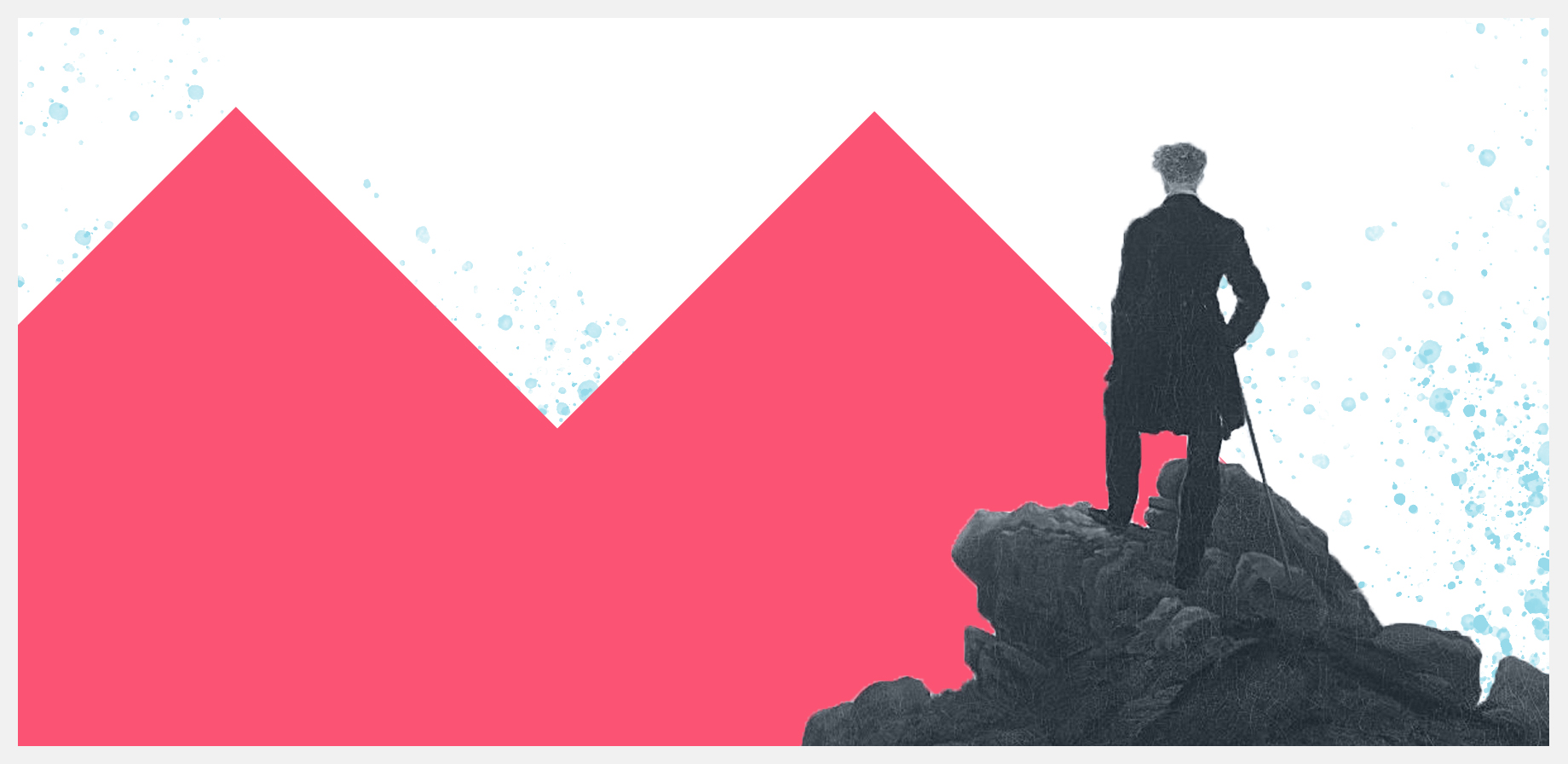
The peaks and valleys of the Double Diamond process
When working toward finding a solution to a problem, a structured creative approach allows your agency to focus on thinking rather than next steps. Borrowing from a framework established by the British Design Council in the 1980s, our Double Diamond process allows for enough iterative cycles to deliver a refined, well-considered solution to your brand’s problem.
To understand the process, imagine two adjacent diamonds that form multiple peaks and valleys. At the peak of one diamond, we go broad with a divergent approach to thinking. With the goal of generating volume, we drink from the firehose as every idea is thrown against the wall during brainstorming. Even research takes a broad approach with attention focused on what has been done by other brands and campaigns.
Once we have a variety of possibilities, we switch to more focused, convergent thinking to sharpen an idea's specifics. Once those constraints are established and a few strong contenders emerge, we switch back to divergent thinking to further expand on their approach. Sometimes, the worst kind of creative thinking happens with too much emphasis on the divergent stage of thinking. Gathering everyone in a room to brainstorm may eventually yield ideas, but they're not always meaningful.
With a Double Diamond structure, your agency tests its free-thinking phase with the logical, objective-oriented focus of convergent thinking. After you've generated ideas at the peak of the diamond, they're then examined through the lens of the original problem. As a result, the strongest solutions rise to the surface.
As these cycles repeat, your agency tests its previous assumptions or caveats to sharpen the ideas further.
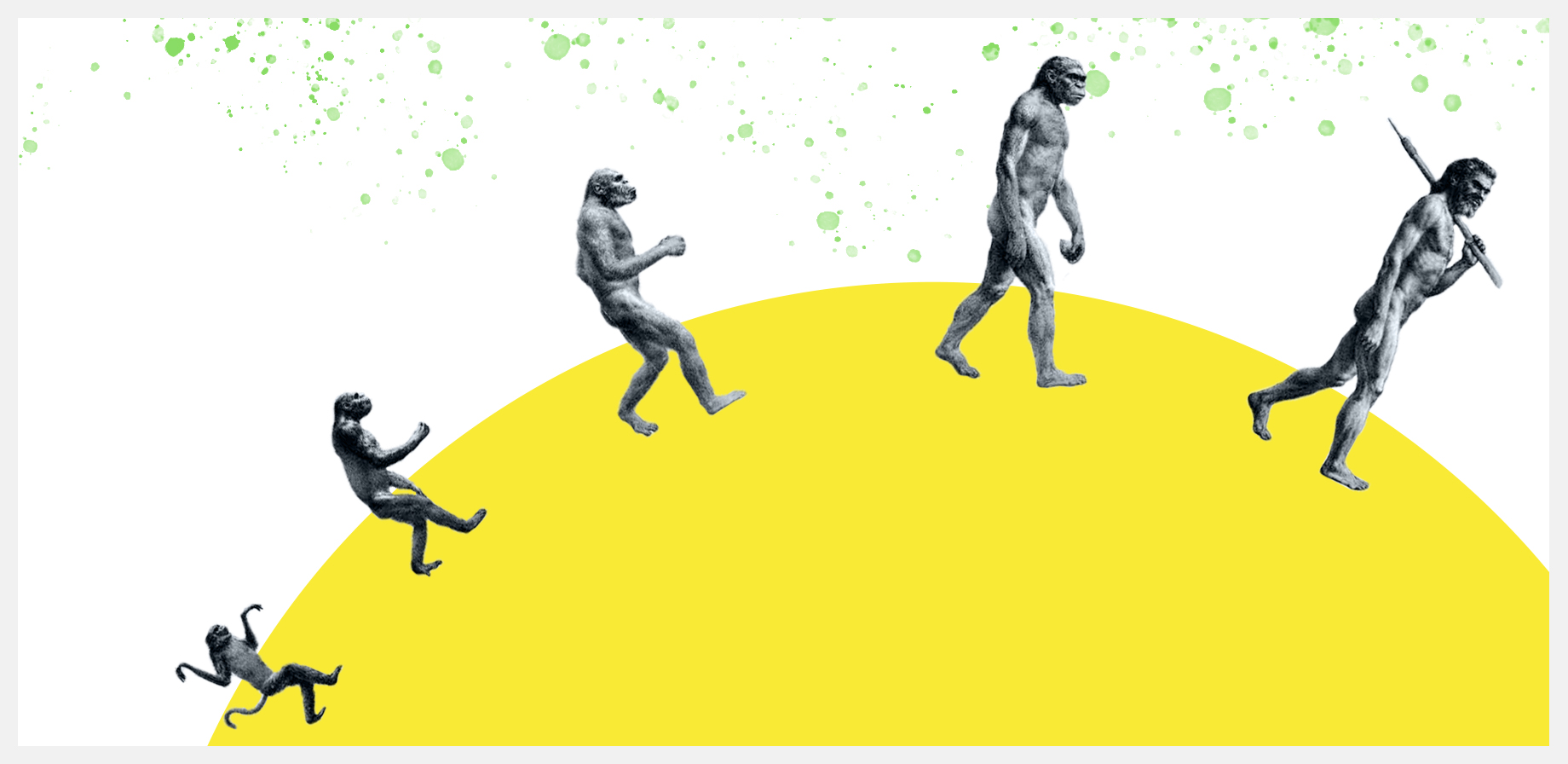
Iteration is the key to a refined product
As the saying goes, writing is rewriting. The same is true for all creative pursuits, including designing a campaign. Every pursuit of an idea is dependent on multiple “edits” to ensure it can best satisfy your brand’s needs.
We work through four phases to complete every project:
- Discover: The research stage.
- Define: What are we actually building?
- Develop/Design: Execute and create the solution.
- Deliver: Share finished results.
But within each of those phases, your agency should still be iterating through cycles of refinement through the Double Diamond process. But even after we’ve developed and delivered a project, there is always room for improvement.
At We The Collective, our projects are informed by a four-step problem-solving cycle sometimes called Plan-Do-Check-Act (PDCA). Inspired by the Japanese philosophy of kaizen (“continuous improvement”), PDCA rejects the notion that any idea can be perfected. Instead, you plan for something and you create a solution. Once it's complete, you then check the results. If they fail to meet expectations, then you act to fix them.
The post-mortem insights drawn from PDCA is ingrained into our process, and we establish its importance at the kickoff of any collaboration. Even though a project may have gone well and we're pleased with the results, we still plan for how we can improve it and make a good idea better.
PDCA can be a difficult sell, especially if you’re hiring experts. After all, the thinking goes, why not just make sure your end results are that much better from the beginning? But constantly testing and improving your creative work, even after completion, shouldn’t be an afterthought. Humans are complicated, and how they react to something will always differ from you may have expected.
The right agency should have the humility to recognize the need to react with your audience, adjust, and work toward a better way. By cycling through multiple iterations, the solution to your brand's problem grows that much stronger. And, from our perspective, your creative thinking does too.
